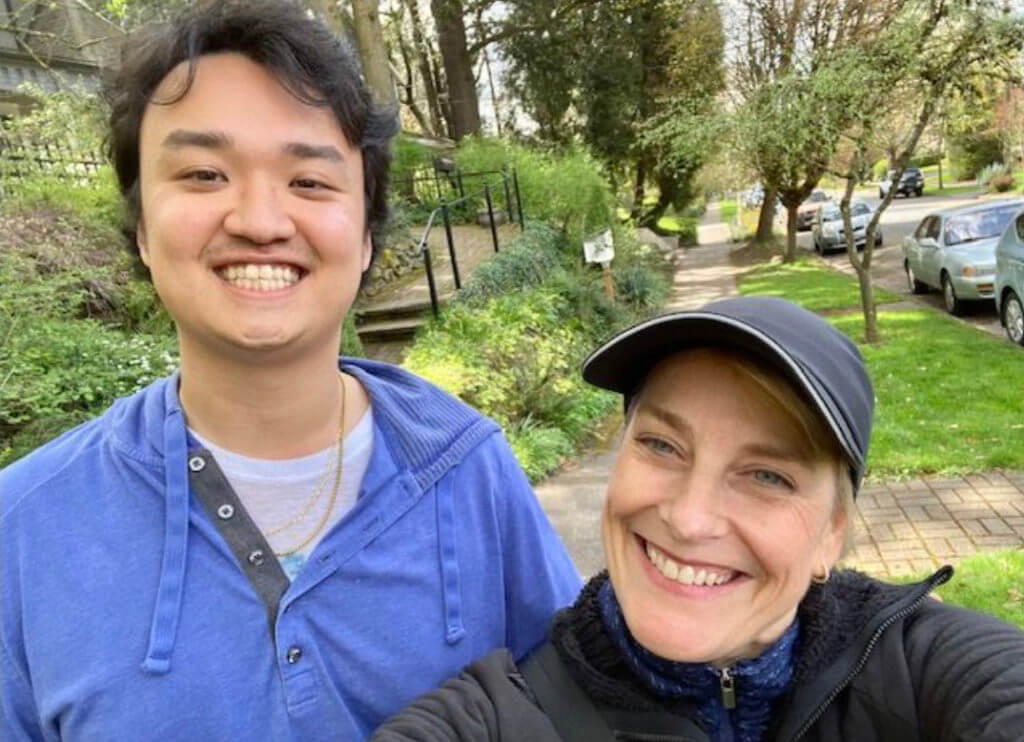I recently went down the internet rabbit hole after sneaking a peek into PBS’ Brief But Spectacular series. I’ve been there before and loved it, so no surprise that I wandered back again. But this visit left me with more than a few short bios of inspiring people. It also confirmed the value of being curious about others across the age spectrum.
First up in my latest PBS exploration was André De Shields, a Tony-winning Broadway performer. He talks about being a Black man on Broadway and how it was no surprise that it took him seven decades to win recognition. He is incredibly awe-inspiring, and I appreciate his emphasis that determination is key. As a workplace culture shaper, I know there is no end to hard work and determination!
The following Brief But Spectacular story focused on author and poet Ocean Vuong, who, at 33, has wowed the world with his words. Not unlike Amanda Gorman, who, at 22, became the youngest inaugural poet in history for Joe Biden, the oldest president to be sworn into office at age 78.
Self Reflection
I think of my own experiences with those whose ages have been a decade more or less than mine. My first “mutual mentoring” partner was fresh out of college when I was mid-career. I coached him on how to get in front of leadership, and he coached me on social media communications. I also consider how my eldest son, a senior software engineer, has been my longtime technology teacher, coach, and mentor.
With fondness, I recall a Vice President of Finance who gave me solid business coaching at the age of 19. His advice was to be less willing to show emotions in a business setting. Typical male communication style, which I’ve never successfully mastered despite trying. These days I think leaders are more willing to accept that men and women have different styles of communication and that emotion is not always a bad thing.
The idea of putting age differences aside and being curious about building relationships, sharing, and learning from anyone was illuminated by Emily Clay in a recent LinkedIn post. I love how she implores folks to get over the age gap taboo and normalize the idea that people can be friends regardless of age gaps.

Yujian Tang and Emily Clay met through Founder Institute and became friends, sharing conversations about business, technology, the future of work, and life. Why would that cause anyone pause?
In-Groups and Out-Groups at Work
In the workplace, like in social environments, people naturally gravitate to others who share similar characteristics, be it physical attributes or company roles. Ever notice how in social settings, women and men often congregate in separate groups? Or how younger and older groups inevitably form?
This natural human sociology inevitably creates in-groups and out-groups. When shaping a diverse, equitable, and inclusive employee culture, one of the best tactics for overcoming in- and out-groups is to take a proactive approach to create diverse teams.
In a 200-page global report on ageism, the World Health Organization advises that one of the best ways to reduce age bias is by giving people from different age groups the chance to work together. In this way, employees learn what they have in common and what they might learn from each other. Most importantly, deliberate diverse teaming combines knowledge, skills, abilities, and perspectives, which increases innovation, decision-making, and outcomes.
Another great way to bring people together is by helping them understand their natural tendency to gravitate away from differences. After all, self-awareness of unconscious behaviors and bias is the first step toward change.
Are you looking for ways to create age equity in the workplace? Check out this video on AEA’s Youtube Channel: Seven Steps to Workplace Age Equity.
Looking for age equity training or assistance setting up an employee resource group committed to age equity? AEA can help!


Leave a Reply